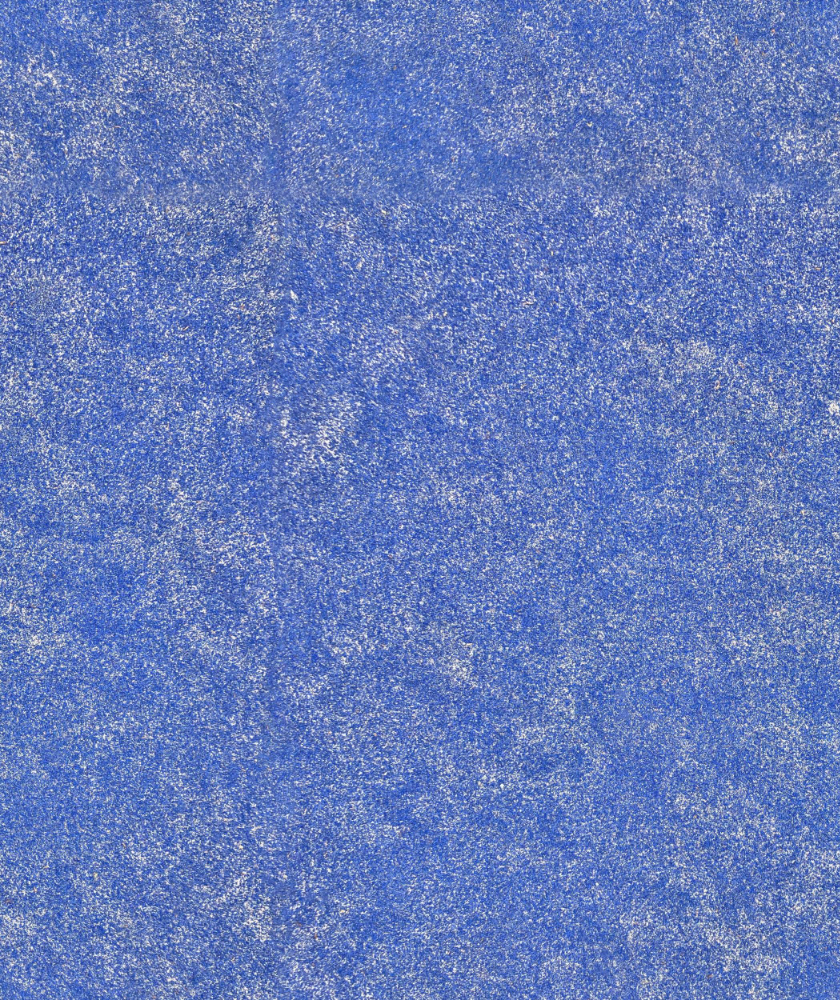Sandy Artificial Grass
Category
Landscaping
Download
Edit
With a short length, medium to high density and consistent coverage, this artificial grass is a popular real grass surface replacement for sports such as tennis and hockey, where high surface speed and slick, consistent performance characteristics are required. Due to its short length, stiff fibres and hard backing layer needed by these sports to maintain a fast surface speed and bounce height while eliminating dead spots, the combination of synthetic grass fibres and sand can be fairly abrasive and is therefore not well suited to contact sports such as rugby, soccer or football.
Laying the pitch or field involves preparing a suitable load-bearing yet well draining substrate, upon which large rolls of the ‘plastic’ turf is rolled out and joined together. This aids with maintenance, as damaged sections can be removed and replaced with ease immediately, rather than waiting for soil to heal and the grass to regrow, as with traditional planted grass facilities. The inclusion of pre ‘painted’ lines and lack of growing grass removes the costs and effort associated with routine maintenance of such areas, whereby groundskeepers no longer have to consistently cut the grass to align with stringent requirements for surface length and consistently performing playability, or repaint lines to maintain consistency of playing surface boundaries throughout a season. Sand is spread on the finished surface to prevent dead spots, minimising resistance to play when passing or shooting the ball or puck along the ground in hockey, while this is also useful in tennis as it allows the ball to bounce at an acceptable height and speed without spinning off at unpredictable angles, or bouncing too low to be returned. Synthetic grass provides a consistent, extremely durable surface year round. The dense plastic pitch backing layer through which the synthetic grass fibres are thread is impervious to repeated impacts from users’ shoes, without the surface becoming waterlogged and boggy during winter, or dry and dusty in summer and ending up too worn down to be serviceable, or too expensive to upkeep and repair.
The bold, medium blue colour of this artificial grass texture helps to simulate the colours of hard, concrete tennis courts, or stand out against the surrounding surfaces and allow players to differentiate more clearly between the court, white or coloured lines and out of bounds areas in comparison to the yellow or white lines commonly used on green surfaces. The blue artificial sports surface has a very fine, short, rough grain, hence the sand to aid manoeuvrability and add in a more consistent speed to simulate the fast yet dampened nature of real grass courts, with the sand additionally aiding player movement when sliding to extend their reach and court coverage.
A seamless landscaping texture with a sandy artificial grass surface. Seamless textures can be tiled repeatedly across a surface without visible seams making them useful for architectural drawings and 3D models. This image can be used as a SketchUp texture, Revit material or imported into Photoshop for use in 2D illustrations. A high resolution version of this texture is available, as well as CAD hatches and PBR maps with Architextures Pro.

